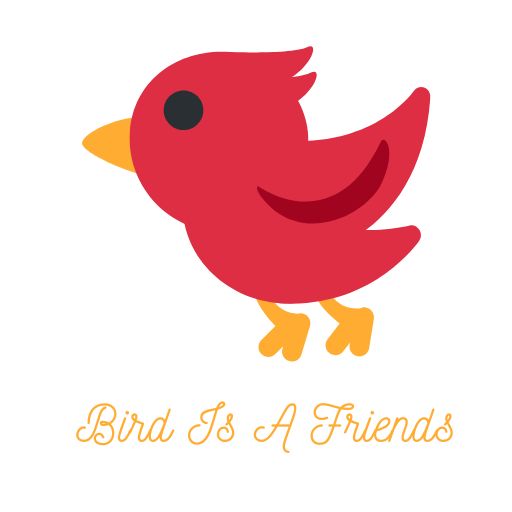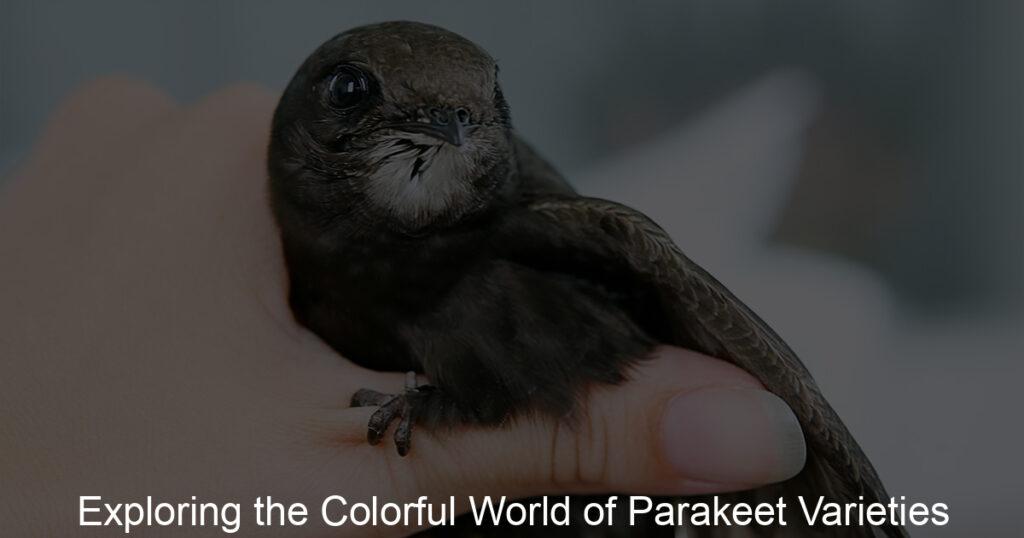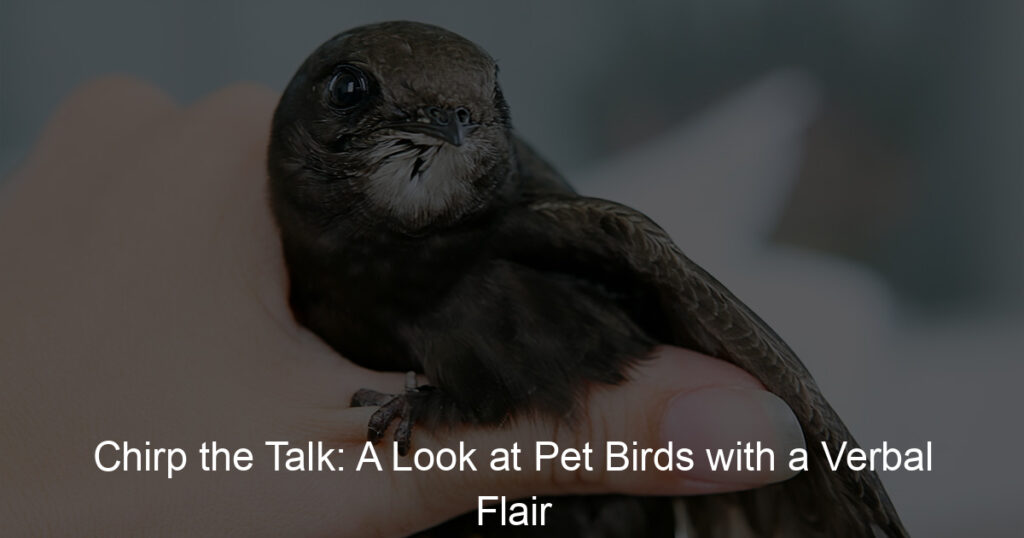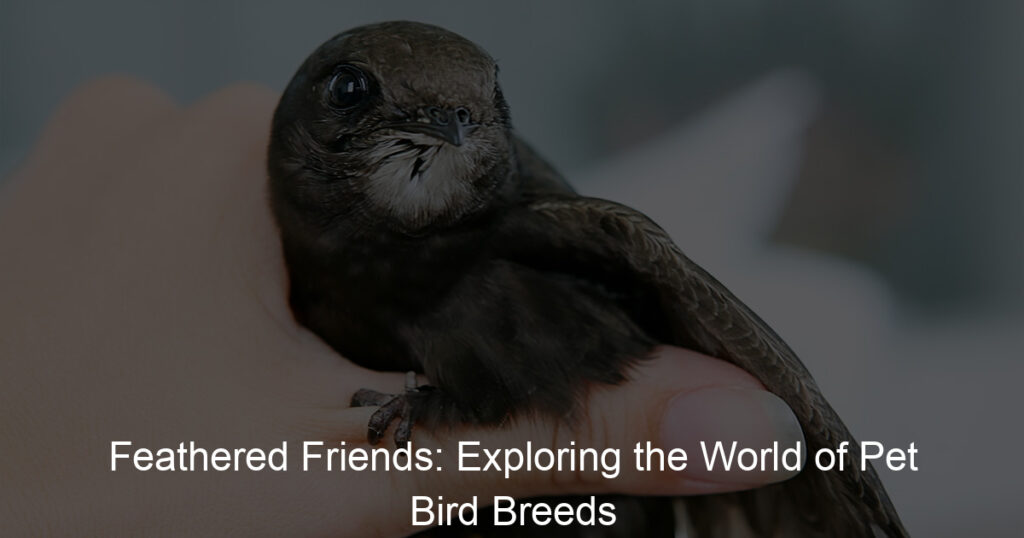Introduction to Bird Cage Setup Guide
Setting up a bird cage may seem like a simple task, but it’s more than just placing a bird inside and closing the door. It’s about creating a safe, comfortable, and stimulating environment for your feathered friend. In this guide, we will explore the importance of a well-set bird cage and provide an overview of the step-by-step bird cage setup process.
- Understanding the importance of a well-set bird cage
A well-set bird cage is crucial for your bird’s health and happiness. Birds, like humans, need a clean and comfortable environment to thrive. A poorly set up cage can lead to stress, illness, and even shorten your bird’s lifespan. On the other hand, a well-set bird cage can enhance your bird’s quality of life, promoting physical and mental well-being.
Imagine living in a room where you can’t move around freely, or where there’s no fresh air or sunlight. You wouldn’t like it, would you? The same goes for birds. They need space to fly, toys to play with, and a clean environment to live in. Therefore, setting up the bird cage correctly is not just about aesthetics; it’s about providing a home where your bird can live happily and healthily.
- Overview of the step-by-step bird cage setup process
Setting up a bird cage involves several steps, from choosing the right cage to arranging the interior and setting up feeding and watering solutions. Here’s a brief overview of the process:
| Step | Description |
|---|---|
| 1. Choose the right cage | Choose a cage that is large enough for your bird to move around freely. It should also be sturdy and easy to clean. |
| 2. Position the cage | Place the cage in a quiet, well-lit area, away from drafts and direct sunlight. |
| 3. Arrange the interior | Add perches, toys, and other accessories to keep your bird entertained and stimulated. |
| 4. Set up feeding and watering solutions | Provide fresh food and water daily, using dishes that are easy to clean and refill. |
Remember, every bird is unique, and what works for one may not work for another. Therefore, it’s important to observe your bird and adjust the cage setup as needed to ensure its comfort and happiness.
Setting Up Your Bird Cage: A Comprehensive Guide
Setting up a bird cage correctly is crucial for the health and happiness of your feathered friends. This comprehensive guide will walk you through the process, focusing on the importance of choosing the right location for your bird cage.
Choosing the Right Location for Your Bird Cage
Choosing the right location for your bird cage is more than just a matter of convenience. It can significantly impact the wellbeing of your bird. Let’s explore the factors to consider when choosing a location and provide examples of ideal and non-ideal locations.
- Factors to consider when choosing a location
- Light: Birds need a natural day-night cycle. Avoid placing the cage in direct sunlight, but ensure it’s in a well-lit area during the day.
- Noise: Birds are sensitive to noise. Choose a quiet location away from loud appliances or high-traffic areas.
- Drafts: Avoid places near doors, windows, or air vents where drafts can cause sudden temperature changes.
- Safety: The cage should be in a safe area, away from other pets or potential hazards.
- Examples of ideal and non-ideal locations
- Ideal Locations: A quiet corner in the living room, a well-lit home office, or a peaceful bedroom away from high-traffic areas.
- Non-Ideal Locations: Near kitchen appliances, close to windows or doors, in the garage, or near other pets’ areas.
Several factors should be considered when deciding where to place your bird cage. These include:
Now that we’ve discussed the factors to consider, let’s look at some examples of ideal and non-ideal locations for your bird cage.
Remember, the location of your bird cage can greatly affect your bird’s health and happiness. Take the time to choose the right spot, considering all the factors mentioned above. Your feathered friend will thank you!
Bird Cage Preparation: Cleaning and Disinfecting
Keeping your bird cage clean and disinfected is a crucial part of setting up your bird cage. It ensures your feathered friends stay healthy and happy. Let’s break down the process into two easy steps.
- Step 1: Cleaning the bird cage
- Step 2: Disinfecting the bird cage
Before you start cleaning, make sure to remove your bird safely from the cage. Take out all the toys, perches, and feeding dishes. Start by removing any visible dirt or droppings. You can use a brush or a vacuum cleaner for this. Next, use warm soapy water to scrub the cage. Make sure to clean every corner and crevice. Rinse it thoroughly to ensure no soap residue is left behind.
Once the cage is clean, it’s time to disinfect it. You can use a bird-safe disinfectant available in pet stores. Remember, not all disinfectants are safe for birds, so make sure to choose the right one. Spray the disinfectant all over the cage and let it sit for about 10 minutes. Then, rinse it off thoroughly with water. Make sure there’s no smell of disinfectant left in the cage before you put your bird back in.
By following these steps, you can ensure a clean and safe environment for your bird. Remember, a clean cage is a happy cage!
| Steps | Tools | Time Required |
|---|---|---|
| Cleaning the bird cage | Brush or vacuum cleaner, warm soapy water | 30 minutes |
| Disinfecting the bird cage | Bird-safe disinfectant, water | 20 minutes |
Keeping a regular cleaning and disinfecting schedule will help maintain your bird’s health and happiness. It’s a small investment of time that pays off in the long run.
Setting Up Your Bird Cage: A Comprehensive Guide
Bird Cage Installation Guide: Assembling the Cage
After choosing the right location and preparing your bird cage, the next step is to assemble the cage. This process may seem daunting, but with the right guidance, you can easily set up a comfortable and safe home for your feathered friends. Here’s a step-by-step guide to help you through the process.
- Step 1: Assembling the Cage Structure
- Step 2: Installing the Cage Door
Start by laying out all the cage parts on a clean, flat surface. This includes the cage panels, bottom tray, and top. Most bird cages come with an instruction manual. Follow the instructions carefully to assemble the cage structure. Typically, you’ll start by attaching the side panels to the bottom tray. Then, you’ll attach the top of the cage. Make sure all the parts fit together securely. If the cage has a stand, assemble it according to the manufacturer’s instructions and place the cage on top.
Once the cage structure is assembled, it’s time to install the door. The door should be large enough for your bird to enter and exit comfortably, but not so large that it could escape. Attach the door to the cage using the provided hinges and make sure it opens and closes smoothly. Some cages come with a lock or latch. If yours does, ensure it works properly to keep your bird safe.
Remember, the goal is to create a safe and comfortable environment for your bird. Take your time during the assembly process to ensure everything is secure and in place. Once the cage is assembled, you can move on to arranging the interior, setting up feeding and watering solutions, and ensuring the cage is safe and comfortable for your bird.
Setting up a bird cage may seem like a big task, but with patience and care, you can create a wonderful home for your feathered friend. Happy bird-keeping!
DIY Bird Cage Setup: Arranging the Interior
Creating a comfortable and stimulating environment for your bird is essential. One of the key elements in this setup is the perch. Let’s delve into how to set up bird cage perches in two simple steps.
Setting Up Bird Cage Perches
Perches are more than just a place for your bird to rest. They provide exercise for the feet and help to keep your bird’s beak and nails in good condition. Here’s how to set them up:
- Step 1: Choosing the Right Perches
- Step 2: Installing the Perches
When it comes to choosing perches, variety is key. Aim for different sizes, shapes, and textures to keep your bird’s feet healthy. Natural wood perches are a great choice as they offer varying diameters that are good for your bird’s feet. Avoid using dowel rods as they can cause foot problems due to their uniform size. Also, consider adding a couple of rope or calcium perches for added variety.
Once you have chosen the right perches, it’s time to install them. Position them at different heights to encourage climbing and flying. However, make sure to place them in such a way that droppings won’t fall into the food or water dishes. Also, avoid placing perches directly above each other to prevent droppings from falling on the bird below. Use the secure attachments that come with the perches to ensure they are firmly fixed and won’t move or fall when your bird lands on them.
Remember, perches are an integral part of your bird’s environment. They not only provide a place for your bird to rest, but also contribute to their overall health and well-being. Therefore, choosing the right perches and installing them correctly is crucial.
Setting Up Bird Cage Toys and Accessories
Creating a comfortable and engaging environment for your bird involves more than just providing food and water. It also includes setting up toys and accessories that can stimulate their minds and keep them active. Let’s dive into the process of choosing the right toys for your bird and arranging them in the cage.
- Choosing the right toys for your bird
Choosing the right toys for your bird is crucial for their mental and physical well-being. Birds are intelligent creatures and need toys to keep their minds stimulated and bodies active. Here are a few things to consider:
| Toy Type | Description |
|---|---|
| Chew Toys | These are great for birds who love to nibble and peck. They help keep their beaks healthy and sharp. |
| Puzzle Toys | These toys are perfect for stimulating your bird’s mind. They often involve a reward, like a treat, once the puzzle is solved. |
| Exercise Toys | These toys, such as swings and ladders, encourage physical activity and help keep your bird fit. |
Remember, the safety of your bird is paramount. Always choose toys that are non-toxic and free from small parts that could be a choking hazard.
- How to arrange toys and accessories in the cage
Once you’ve chosen the right toys, the next step is to arrange them in the cage. Here’s a simple guide:
- Place chew toys near the perches where your bird spends most of their time.
- Hang puzzle toys from the top of the cage to encourage your bird to climb and explore.
- Position exercise toys at various heights in the cage to encourage movement and exercise.
Remember, the goal is to create an engaging and stimulating environment for your bird. Don’t overcrowd the cage with toys, as your bird also needs space to move and fly around. Regularly rotate the toys to keep your bird’s environment fresh and exciting.
Bird Cage Setup Instructions: Feeding and Watering Solutions
Feeding and watering are essential aspects of bird care. In this section, we will guide you on how to set up bird cage feeders correctly.
Setting Up Bird Cage Feeders
Setting up bird cage feeders involves two main steps: choosing the right feeders and installing them. Let’s dive into each step in detail.
- Step 1: Choosing the right feeders
- Size: The feeder should be large enough for your bird to eat comfortably, but not so large that it takes up too much space in the cage.
- Material: Choose a feeder made of non-toxic, durable materials like stainless steel or high-quality plastic.
- Design: Opt for a feeder with a perch for your bird to stand on while eating. Also, consider a feeder with a cover to prevent food spillage.
- Step 2: Installing the feeders
- Location: Place the feeder at a height that is comfortable for your bird. It should be easy for your bird to reach, but not so low that it can be soiled by droppings.
- Security: Ensure the feeder is securely attached to the cage to prevent it from tipping over.
- Spacing: If you have more than one bird, make sure there is enough space between feeders to prevent squabbles.
Selecting the right feeders is crucial for your bird’s health and happiness. The feeder should be of the right size, easy to clean, and safe for your bird. Here are some things to consider:
Once you have chosen the right feeder, the next step is to install it in the cage. Here’s how:
Remember, the key to a healthy bird is a well-fed bird. By choosing the right feeders and installing them correctly, you can ensure your feathered friend has a happy and healthy life.
Setting Up Bird Cage Waterers
Water is an essential part of a bird’s diet. Ensuring your feathered friends have access to clean and fresh water is crucial for their health and well-being. Here, we will guide you through the process of setting up bird cage waterers.
- Step 1: Choosing the right waterers
- Size: Larger birds will need larger waterers. Ensure the waterer is big enough for your bird to drink comfortably, but not so big that it takes up too much space in the cage.
- Type of Bird: Some birds, like parrots and cockatiels, prefer to drink from a bowl, while others, like canaries and finches, prefer water tubes.
- Cage Design: The waterer should fit securely in the cage without tipping over. Some waterers are designed to attach to the cage’s bars, while others sit on the cage floor.
- Step 2: Installing the waterers
- Location: Place the waterer in a location that is easy for your bird to access but away from perches to prevent contamination from droppings.
- Secure the Waterer: If the waterer attaches to the cage, make sure it is secure and won’t tip over. If it sits on the floor, place it in a corner to prevent it from moving around.
- Fill with Water: Fill the waterer with fresh, clean water. Change the water daily to prevent the growth of bacteria and algae.
When choosing a waterer for your bird cage, there are several factors to consider. The size of the bird, the type of bird, and the cage’s design all play a role in determining the right waterer. Here are some tips:
Once you’ve chosen the right waterer, it’s time to install it in the cage. Here’s how:
Remember, the health and happiness of your bird depend on the care and attention you provide. By choosing the right waterer and installing it correctly, you can ensure your bird stays hydrated and healthy.
Tips for Setting Up Bird Cage: Safety and Comfort
Setting up a bird cage is not just about placing a perch and filling a water dish. It’s about creating a safe and comfortable environment for your feathered friend. Here are some tips to help you ensure your bird’s cage is both safe and comfortable.
- Ensuring the cage is safe for your bird
Safety should be your top priority when setting up a bird cage. Birds are curious creatures and can easily get into trouble if their environment is not safe. Here are some tips to ensure your bird’s cage is safe:
- Choose a cage with bars that are appropriately spaced for your bird’s size. Too wide, and your bird could get stuck. Too narrow, and your bird might not be able to move freely.
- Check for any sharp edges or broken bars that could harm your bird.
- Ensure the cage’s door is secure to prevent your bird from escaping.
- Keep the cage away from windows and other sources of drafts, which can be harmful to your bird’s health.
- Keep the cage out of reach of other pets in the house.
- Creating a comfortable environment for your bird
Once you’ve ensured the cage is safe, it’s time to focus on making it comfortable for your bird. Here’s how:
- Provide a variety of perches of different sizes and textures to keep your bird’s feet healthy.
- Ensure the cage is large enough for your bird to move around freely.
- Include toys to keep your bird entertained. However, don’t overcrowd the cage as it can cause stress to your bird.
- Place the cage in a quiet, low-traffic area of your home where your bird can relax.
- Regularly clean the cage to maintain a hygienic environment for your bird.
In conclusion, setting up a bird cage requires careful consideration of both safety and comfort. By following these tips, you can create a safe and comfortable haven for your feathered friend.
Conclusion: Enjoying Your Feathered Friends’ Paradise
As we come to the end of our comprehensive guide on bird cage setup, it’s time to sit back and enjoy the paradise you’ve created for your feathered friends. Let’s take a moment to review the process and highlight the key takeaways to ensure a successful bird cage setup.
- Review of the bird cage setup process
- Key takeaways for a successful bird cage setup
Setting up a bird cage is not just about placing a cage in a corner and adding a bird. It’s about creating a safe, comfortable, and stimulating environment for your bird. We started with the basics of choosing the right cage, then moved on to arranging the interior with perches, toys, and hideaways. We also discussed the importance of proper feeding and watering solutions, and shared tips on ensuring safety and comfort for your birds.
The success of your bird cage setup depends on several factors:
| Factor | Key Takeaway |
|---|---|
| Size of the cage | Ensure the cage is spacious enough for your bird to fly and move around comfortably. |
| Interior arrangement | Provide a variety of perches, toys, and hideaways to keep your bird stimulated and happy. |
| Feeding and watering | Use bird-friendly feeding and watering solutions, and keep them clean to prevent diseases. |
| Safety and comfort | Place the cage in a safe, quiet, and comfortable spot, away from direct sunlight and drafts. |
Remember, a well-set-up bird cage is a paradise for your feathered friends. It’s where they eat, play, rest, and spend most of their time. So, take the time to do it right, and enjoy the chirping and fluttering of your happy, healthy birds.








